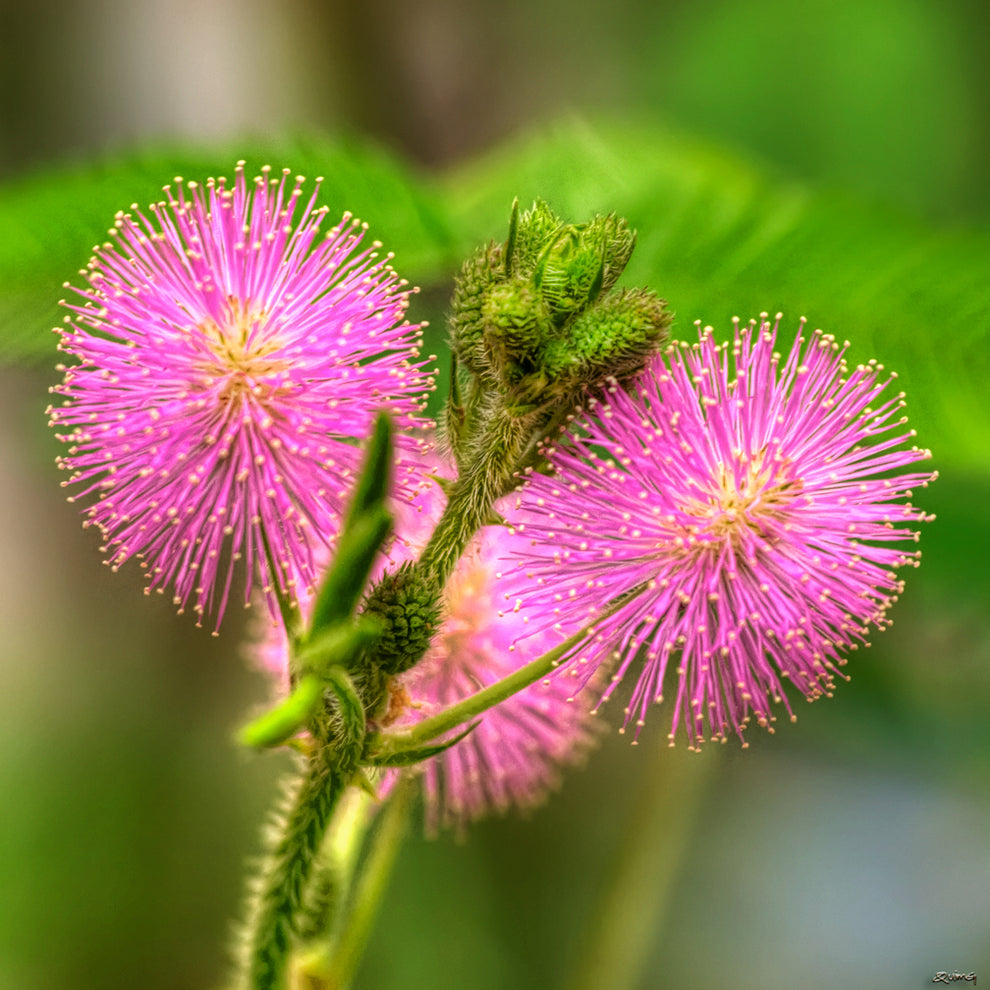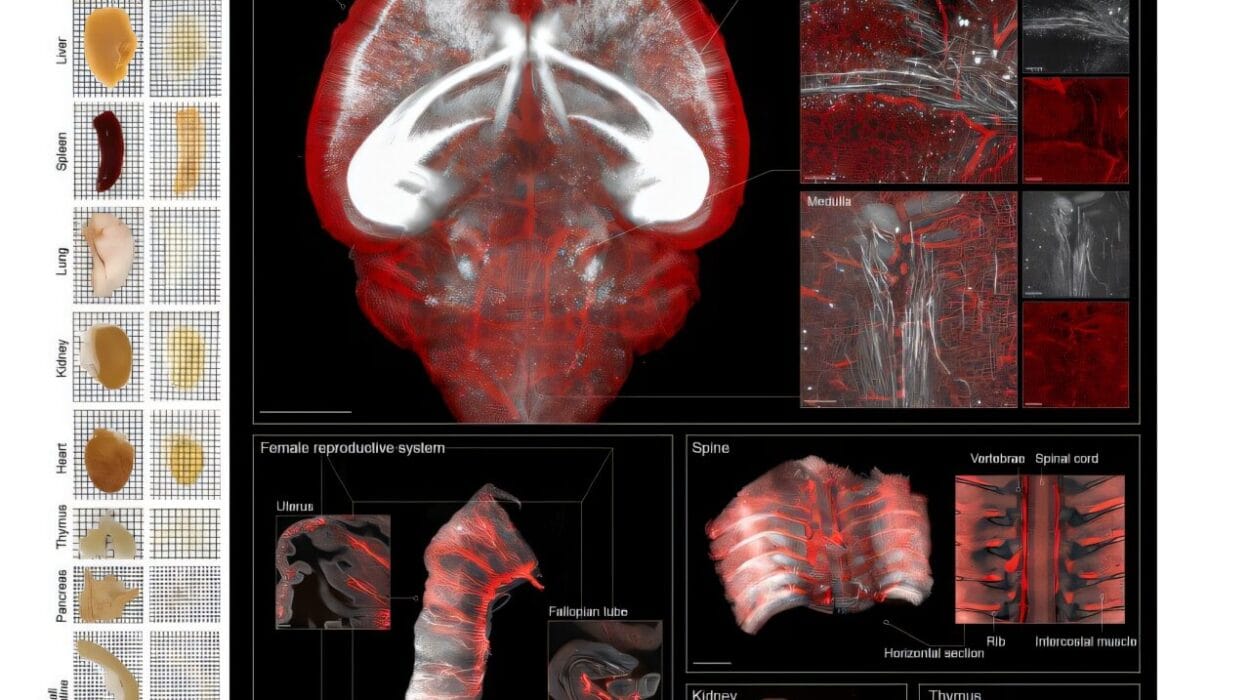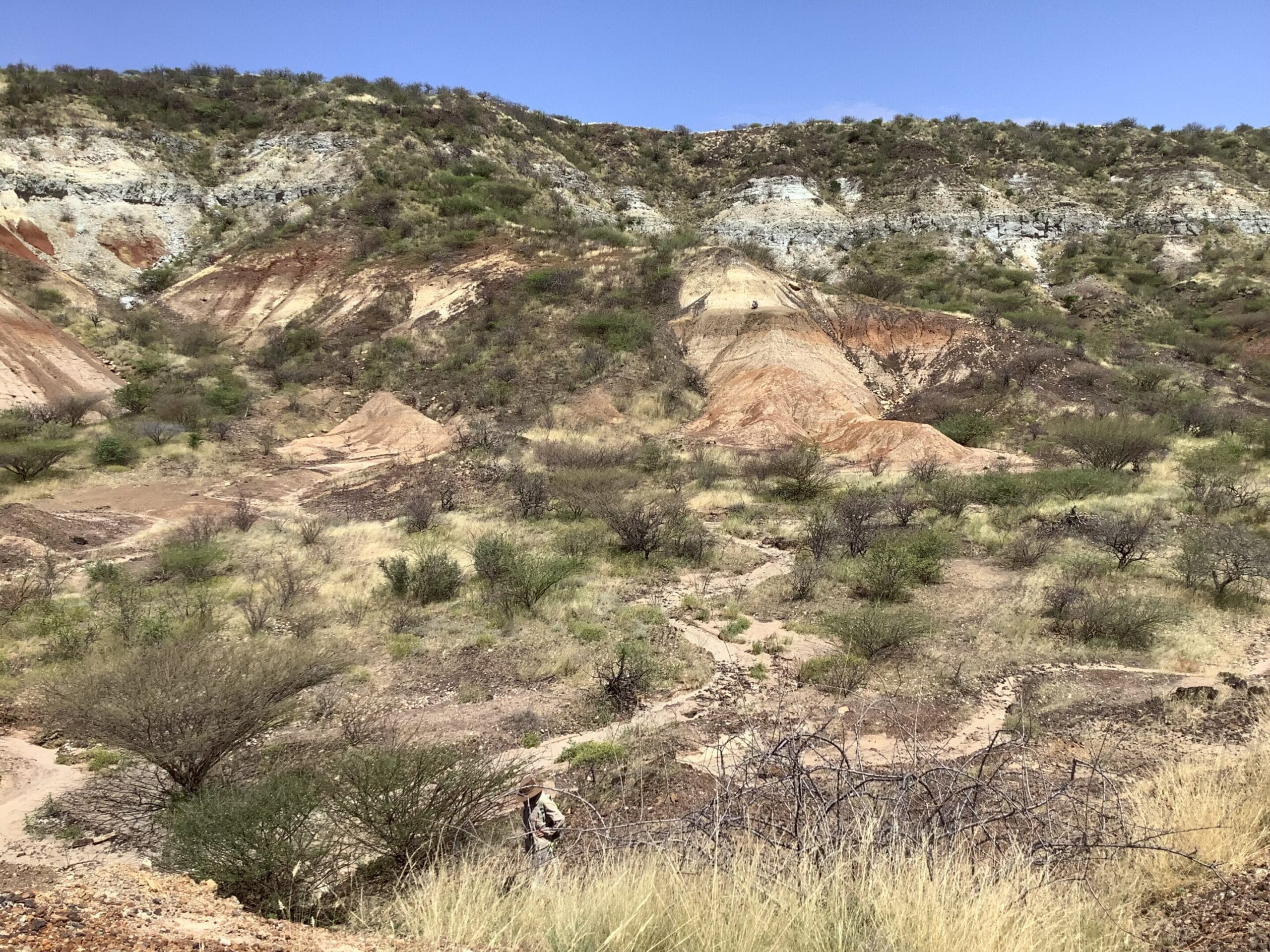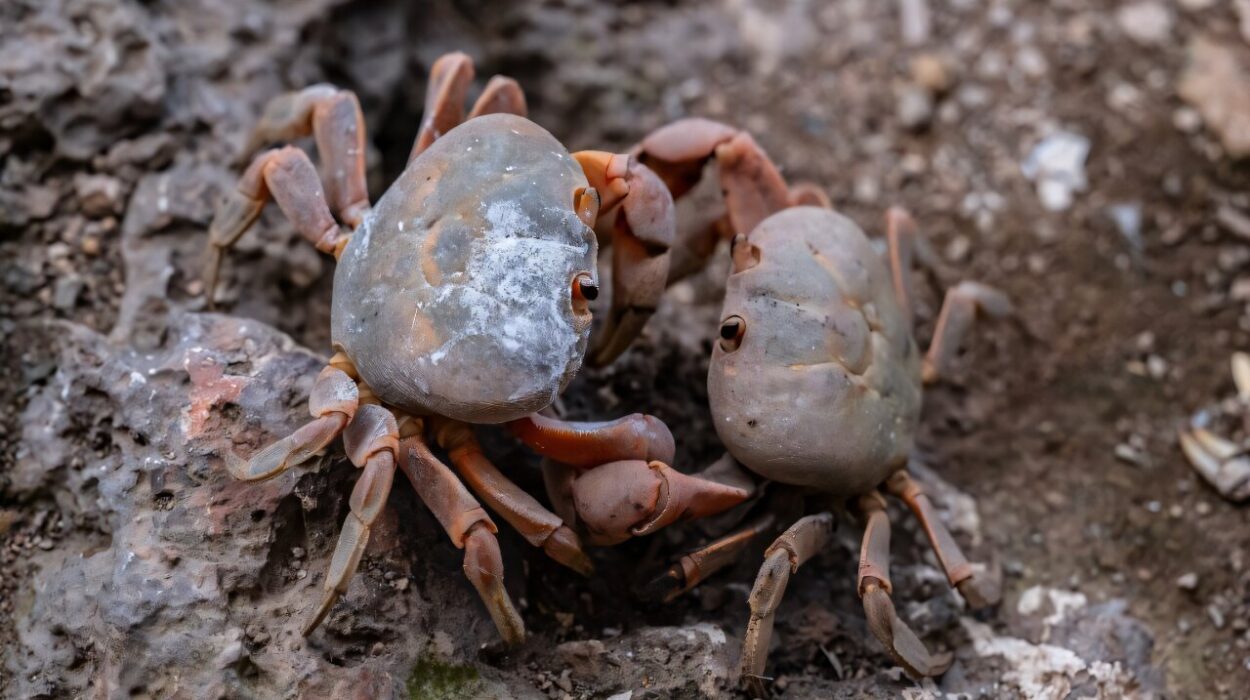For centuries, humans have been taught that cognition—learning, remembering, and reacting—is something exclusive to animals with brains, and most notably to humans with our vastly complex neural networks. However, as we peel back the layers of nature’s mysteries, we discover that life doesn’t always follow the conventional rules we’ve come to accept. Plants, those seemingly silent and immobile organisms, are now revealing their own complex and sophisticated ways of learning and remembering, despite not having a brain or a nervous system.
If this concept sounds strange to you, imagine this: a plant reacts to its environment in ways that suggest memory, anticipation, and adaptation, even though it lacks neurons, synapses, and any of the familiar components of a brain. How could plants, which appear so simple compared to animals, engage in behaviors that suggest a form of learning, one that echoes the neurological processes in animals?
Recent breakthroughs in plant science have shown us that plants are not just passive organisms responding mechanically to environmental stimuli. In fact, plants have been shown to “remember” past experiences, learn from them, and even adapt in surprising ways. This is a profound shift in our understanding of the plant kingdom, one that challenges the traditional boundaries between animals and plants.
Plants as Perceptive Sentinels
Plants are deeply in tune with their environments. They don’t just passively react to stimuli, they actively perceive the world around them, gathering information through their complex chemical and physical systems. Unlike animals, who have sensory organs like eyes and ears, plants use a variety of means to sense their surroundings: from light and gravity to touch and temperature.
The story of a plant’s ability to “learn” starts with the phenomenon of habituation. This is the simplest form of learning, and it occurs when an organism stops responding to a stimulus after repeated exposure. In the plant world, this form of learning has been observed in the sensitive plant Mimosa pudica, often called the “touch-me-not” plant. When its leaves are touched, the plant responds by folding its leaves inward, a defense mechanism against potential herbivores. But when this stimulus is repeated over and over, the plant begins to ignore it, ceasing to fold its leaves in response. This ability to tune out irrelevant stimuli is a basic form of learning that is often seen in animals with nervous systems—but now we see it in plants as well.
This raises the question: If a plant can adapt its response to repetitive stimuli, could it be “remembering” the experience? While plants don’t have memory in the sense we understand—like recalling an event or retaining information as humans do—they have a fascinating biochemical memory encoded in their tissues. The Mimosa pudica might not “remember” in the human sense, but it is certainly learning to differentiate between harmless touches and threats, and this is something extraordinary in the plant world.
Plants React to Danger: A Touch of Memory
One of the most compelling examples of plant memory comes from the study of defensive behavior. Plants, despite not having brains, are often under threat from herbivores or environmental stresses. How do they “know” when to defend themselves, and how do they know when a particular threat is over? This is where the concept of “plant memory” really begins to take shape.
One well-documented case involves the Arabidopsis thaliana, a small flowering plant often used in scientific research. This plant has been shown to “remember” previous attacks from herbivores. When attacked by caterpillars, the plant releases a chemical compound called jasmonic acid, which signals neighboring plants to prepare for the incoming danger. But here’s the twist: the plant doesn’t just release this compound at the moment of attack. Arabidopsis can actually store information about the attack in its tissues. When it encounters a similar threat again, it responds more quickly and with greater intensity, boosting its defenses in a way that mimics memory.
Scientists have also observed that these plants can “learn” to anticipate herbivore attacks before they occur. If a plant experiences repeated attacks, it adjusts its chemical signaling pathways, preparing for future threats without the need for sensory input each time. This anticipatory behavior—an example of predictive learning—suggests that plants can “remember” past threats and adjust their defensive mechanisms accordingly, creating a chemical memory that helps them respond more effectively.
This kind of adaptive behavior, seen in Arabidopsis and other plants, hints at a kind of “learning” that defies our expectations. It suggests that plants, while devoid of brains, have evolved complex systems of chemical communication and response that allow them to not only sense but also adapt to their environments in a way that is strikingly similar to animal behavior.
A Tale of Two Senses: Touch and Memory
Another fascinating example of plant learning comes from tropisms, the plant movements in response to environmental stimuli. Most famously, plants exhibit phototropism—the ability to grow toward or away from light. But what if a plant could learn to respond to touch in a similar way?
One species, Arabidopsis thaliana, has been shown to adapt its response to touch. When exposed to repeated physical contact, the plant doesn’t just react; it “learns” to be less sensitive over time. This phenomenon is known as mechanical habituation and shows how plants can adapt to repetitive external stimuli without the need for a nervous system. Over a period of time, the plant will “remember” that a particular stimulus—say, a soft breeze or the repeated brushing of an animal’s fur—poses no danger. It adjusts its behavior accordingly.
Interestingly, plants have shown a similar response in the presence of climbing plants or vines. They will alter their growth patterns, developing specialized structures like tendrils to grasp and climb. This is another example of how plants can “learn” from the physical environment and adjust their behavior to better thrive. By remembering where support is available, plants adapt their growth in ways that increase their chances of survival, even though they lack the neurons that would be required for this process in animals.
Plants and the Power of Chemical Communication
One of the most stunning discoveries in the field of plant cognition and memory is the role of chemical communication. Plants have a rich, complex signaling network that allows them to send and receive messages about their environment. While plants cannot move or communicate in the way animals do, they have evolved highly sophisticated chemical systems to share information within their bodies and across generations.
Volatile organic compounds (VOCs) are chemical signals released by plants in response to various environmental stimuli, including herbivore attacks. These chemicals can serve as alarms, warning other parts of the plant or neighboring plants to ramp up their defenses. When an insect begins to munch on a leaf, the plant releases VOCs, which travel through the air and are picked up by other plants. These neighboring plants then prepare their own defenses in anticipation of a potential attack.
But the ability to “remember” or “learn” doesn’t stop there. Plants have shown the capacity for transgenerational memory—passing down information from one generation to the next. In one experiment, researchers exposed Arabidopsis to a mild stressor—such as a drought or an attack by pests. The next generation of plants, grown from seeds collected after the stress event, exhibited a heightened resistance to the same stressors, even though they had never experienced them directly. This transgenerational memory hints at a form of inheritance beyond genetics—a chemical memory that is passed through generations to enhance survival.
Fungi and Mycorrhizal Networks: The Roots of Learning
As if plant memory wasn’t fascinating enough, the intricate underground networks of fungi—the mycorrhizal networks—add another layer of complexity to plant communication. These fungal networks, which connect the roots of plants, allow for the transfer of nutrients, water, and even information between different plant species. Through these fungal networks, plants can “talk” to one another, warn each other of impending threats, and share resources in times of need.
Mycorrhizal networks have been compared to the internet, as they allow plants to “communicate” across vast distances. The fungi act as conduits, passing messages from one plant to another, creating a kind of collective memory within the ecosystem. This network helps plants “learn” from each other. If one plant encounters a pest, the message travels through the fungal network, warning neighboring plants, which can then prepare their defenses.
In this way, plants don’t “learn” in isolation; they learn as part of a vast interconnected web of life, sharing experiences and adapting collectively. This communal memory reinforces the idea that plants, though without brains, are not solitary organisms. Instead, they are deeply embedded in a living, learning network of ecological relationships.
The Implications of Plant Cognition: A New Paradigm
The discovery that plants can learn, remember, and adapt to their environment challenges the very way we think about intelligence and consciousness. It forces us to reconsider the idea that memory and cognition are solely the domain of creatures with brains. In fact, it suggests that intelligence may not be confined to the traditional biological framework of neurons and synapses, but rather can manifest in various forms across the natural world.
As we deepen our understanding of plant cognition, we begin to see that plants are not just passive organisms responding to the world around them. They are active participants in their ecosystems, continuously learning and adapting in ways that help them survive and thrive. Whether it’s responding to danger, remembering past experiences, or communicating with other plants, plants show us that intelligence can take many forms, and it’s not always tied to what we think of as a brain.
In the end, plants may have more in common with us than we realize. Their ability to learn from experience, adapt to their environment, and remember past encounters with danger is not so different from the behaviors we observe in animals. They are not as “dumb” as we once thought. Rather, they are sentient, responsive beings in their own right—learning and evolving in ways that are still only beginning to be understood.
In this quiet, unseen world, plants remind us that the capacity for memory and learning exists in the most unexpected places. Perhaps, in the end, all life, from the smallest fern to the grandest redwood, shares the same story: one of adaptation, survival, and an unyielding drive to thrive in an ever-changing world.






